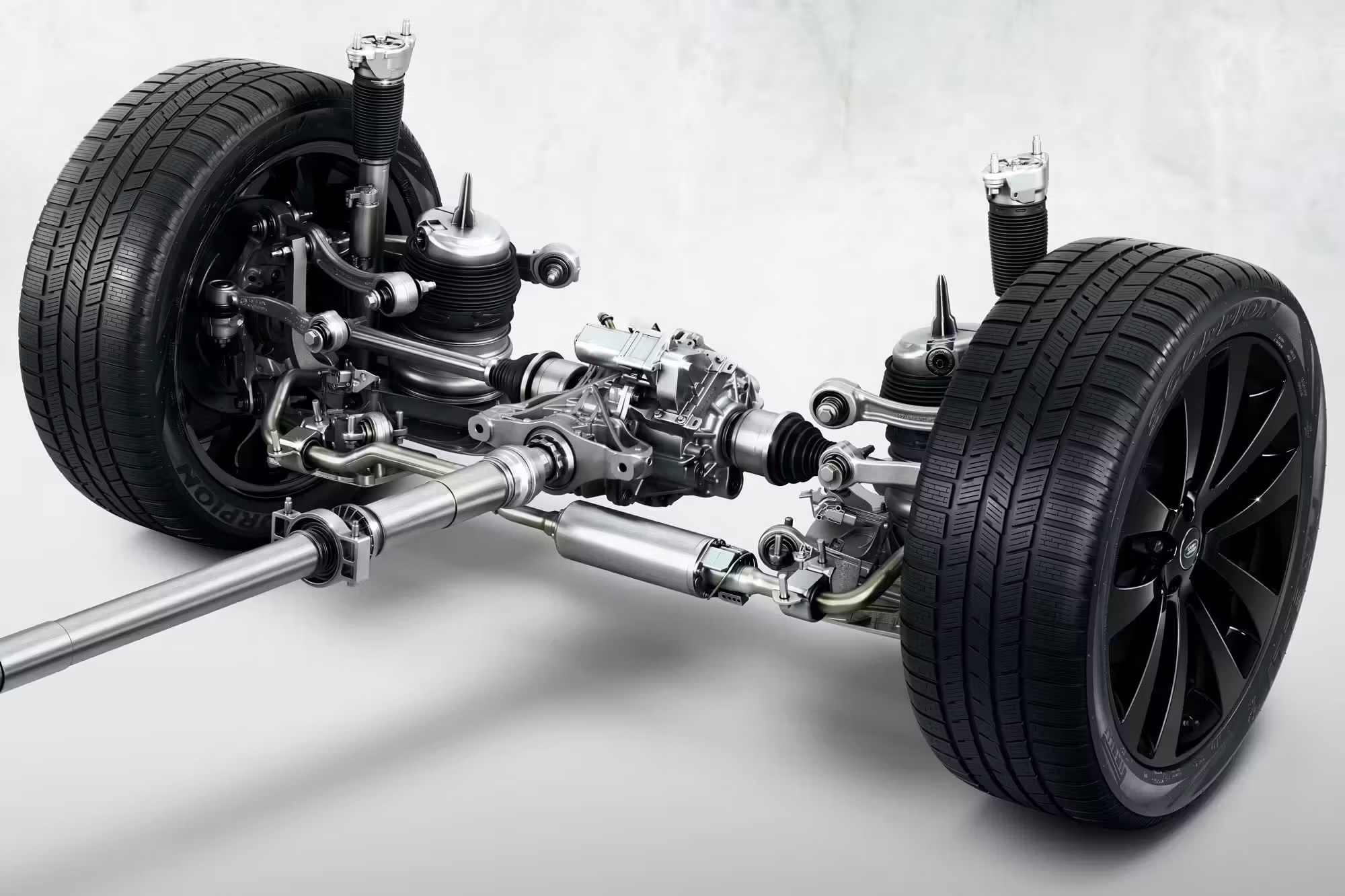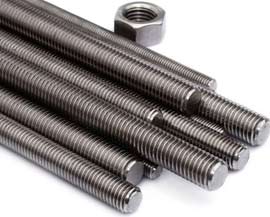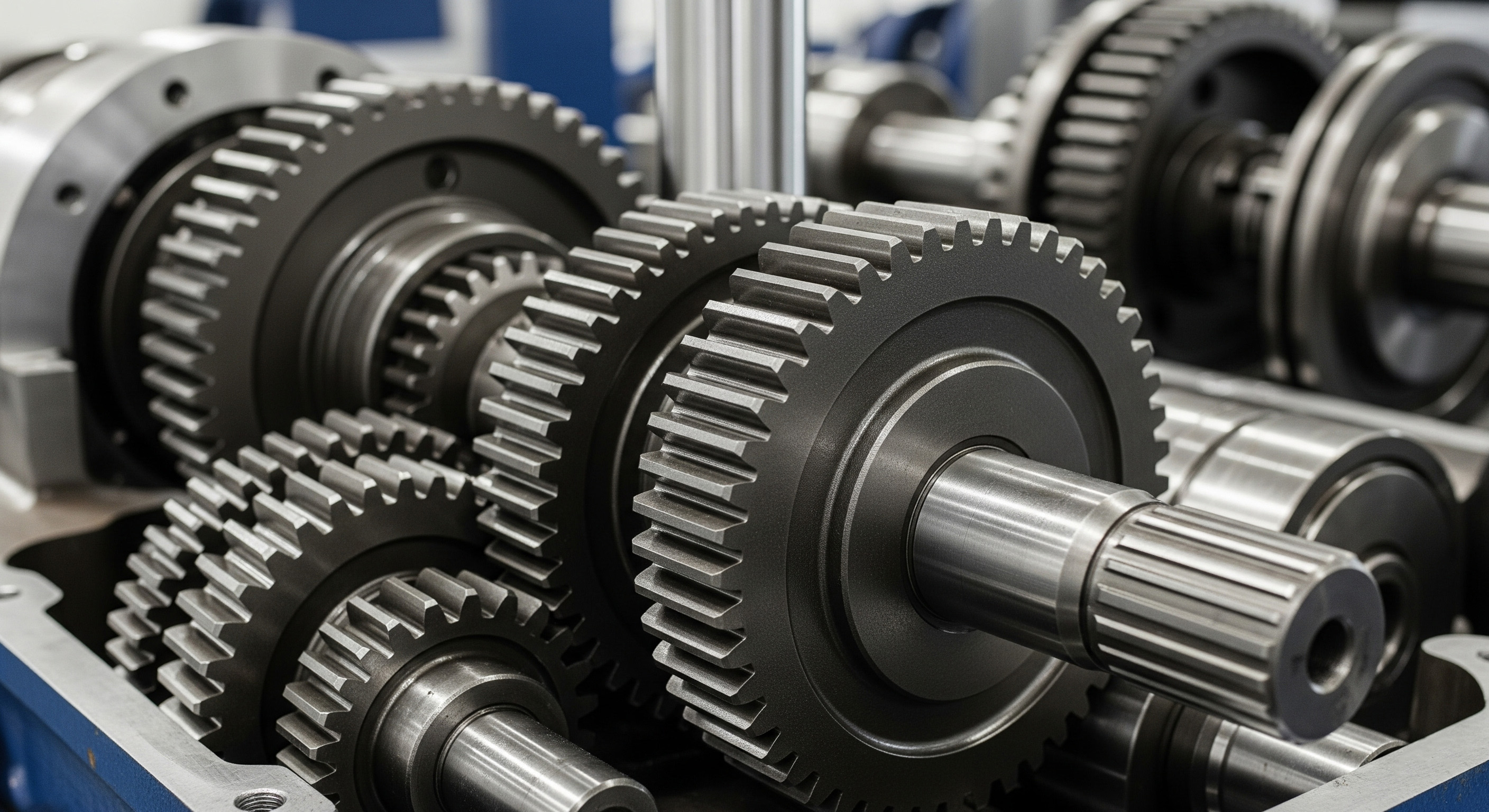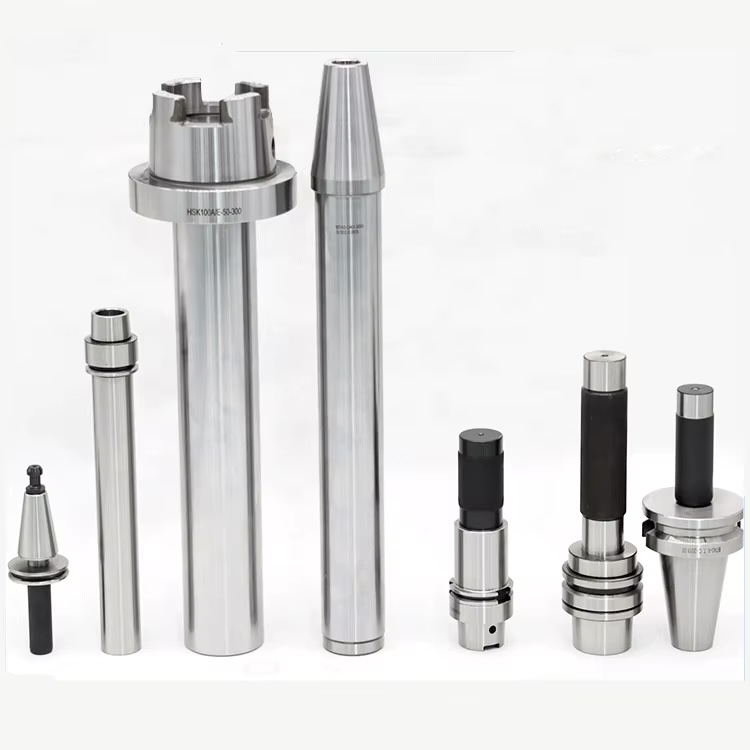C45 Carbon Steel (SAE 1045)
The Global Standard for Engineering Performance.
C45 is one of the most widely recognized and utilized medium-carbon engineering steels in the world. Its popularity stems from a reliable and well-rounded combination of good tensile strength, toughness, and response to heat treatment. As a foundational material for countless machinery parts, the quality of a C45 bright bar is paramount to predictable performance and operational reliability.
The Benchmark for Reliable Engineering
A Reliable Balance of Strength
Delivers a trusted combination of good tensile strength and toughness, far superior to mild steel grades.
Excellent Machinability
Known for its predictable and consistent performance during machining in the as-supplied or normalized condition.
Responsive to Hardening
Readily hardened by quenching and tempering to achieve a wide range of strength and ductility levels.
A Versatile Engineering Staple
A globally recognized grade used for an extensive range of general-purpose engineering components.
Technical Specifications
Chemical Composition
| Element | Content (%) |
|---|---|
| Carbon (C) | 0.42 - 0.50 |
| Silicon (Si) | 0.15 - 0.40 |
| Manganese (Mn) | 0.60 - 0.90 |
| Sulphur (S) | 0.050 Max |
| Phosphorus (P) | 0.040 Max |
Mechanical Properties (in normalized condition, indicative only)
| Property | Value |
|---|---|
| Tensile Strength (MPa) | ~630 |
| Yield Strength (MPa) | ~355 |
| Hardness (Brinell) | ~187 HB |
Heat Treatment
| Normalizing | Heat to 840 - 880°C, cool in air. |
| Hardening | Heat to 820 - 860°C, quench in water or oil. |
| Tempering | Temper at 550 - 660°C to achieve desired properties. |
Common Applications




Equivalent International Grades
| Standard | Grade |
|---|---|
| EN / BS 970 | EN8 / 080M46 |
| AISI / SAE | 1045 |
| JIS | S45C |
Similar & Alternative Grades:
Also comparable to its direct Japanese JIS equivalent, S45C.
Frequently Asked Questions about C45
What is the difference between C45 and EN8D?
C45 (from the German DIN standard) and EN8D (from the British Standard) are very similar medium-carbon steels and are often considered interchangeable. Both offer good strength and hardenability. The primary differences can be in the allowable limits for impurities like sulphur and phosphorus, where C45 specifications are sometimes tighter, leading to a cleaner steel.
Is C45 steel easy to weld?
Like EN8D, welding C45 is possible but requires care due to its carbon content. To avoid cracking, pre-heating the material to 200-300°C and applying a post-weld heat treatment (stress relieving) is strongly recommended.
Can C45 be surface hardened?
Yes, C45 is an excellent candidate for flame and induction hardening processes. This can create a very high surface hardness (above 55 HRC) for excellent wear resistance, while the core of the material remains softer and tougher.
The Marbrite Standard for a Global Standard
A 'standard' grade should come with a standard of quality. The Marbrite Standard ensures that the C45 cold drawn bars you receive are of the highest integrity, with a verified chemistry and homogenous structure. We provide the consistency that turns a global standard into a reliable foundation for your most critical components, ensuring predictable performance from the first cut to the final assembly.